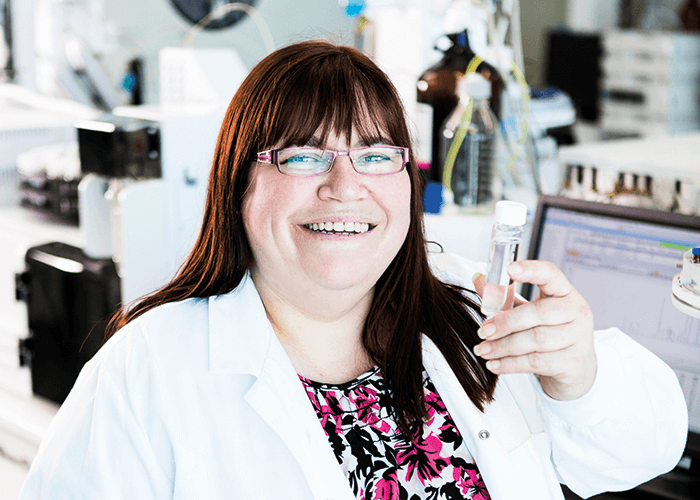
Directing the Future
Sitting Down With... Emily Hilder, Director, Future Industries Institute (FII), University of South Australia, Adelaide, Australia.

False
Sitting Down With... Emily Hilder, Director, Future Industries Institute (FII), University of South Australia, Adelaide, Australia.

Receive the latest analytical science news, personalities, education, and career development – weekly to your inbox.

Rich Whitworth completed his studies in medical biochemistry at the University of Leicester, UK, in 1998. To cut a long story short, he escaped to Tokyo to spend five years working for the largest English language publisher in Japan. "Carving out a career in the megalopolis that is Tokyo changed my outlook forever. When seeing life through such a kaleidoscopic lens, it's hard not to get truly caught up in the moment." On returning to the UK, after a few false starts with grey, corporate publishers, Rich was snapped up by Texere Publishing, where he spearheaded the editorial development of The Analytical Scientist. "I feel honored to be part of the close-knit team that forged The Analytical Scientist – we've created a very fresh and forward-thinking publication." Rich is now also Content Director of Texere Publishing, the company behind The Analytical Scientist.
False
False
False